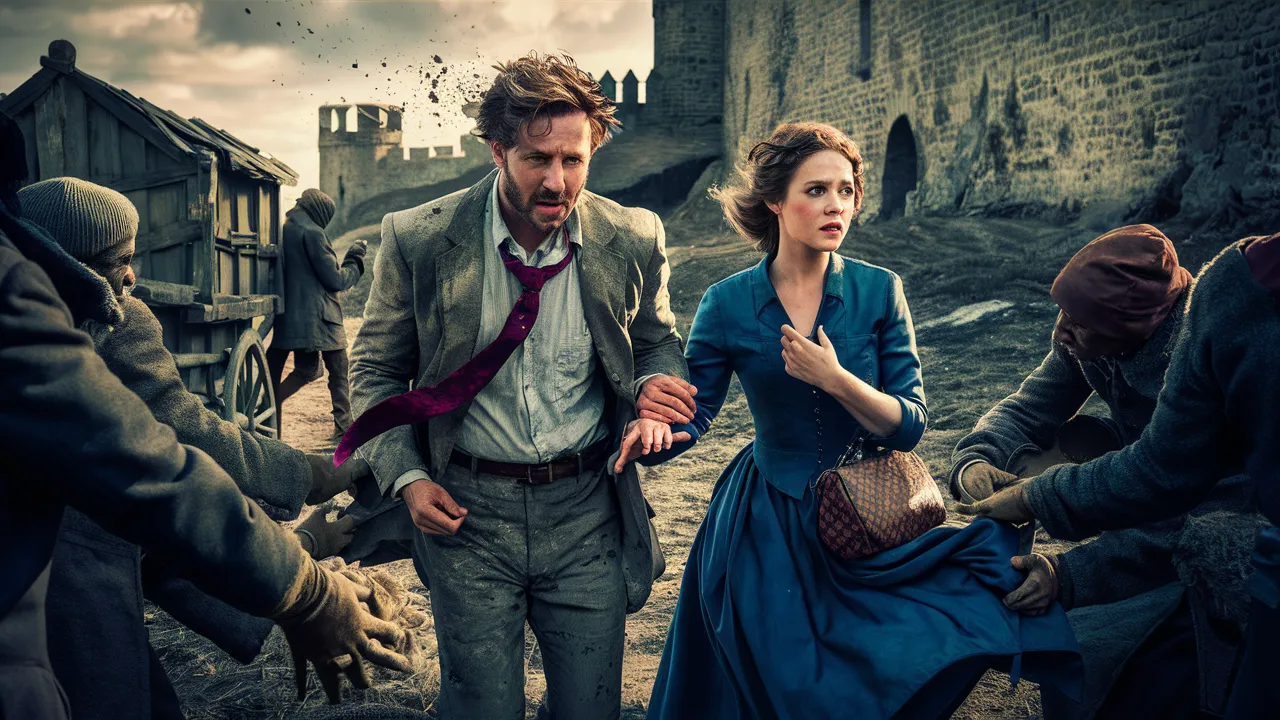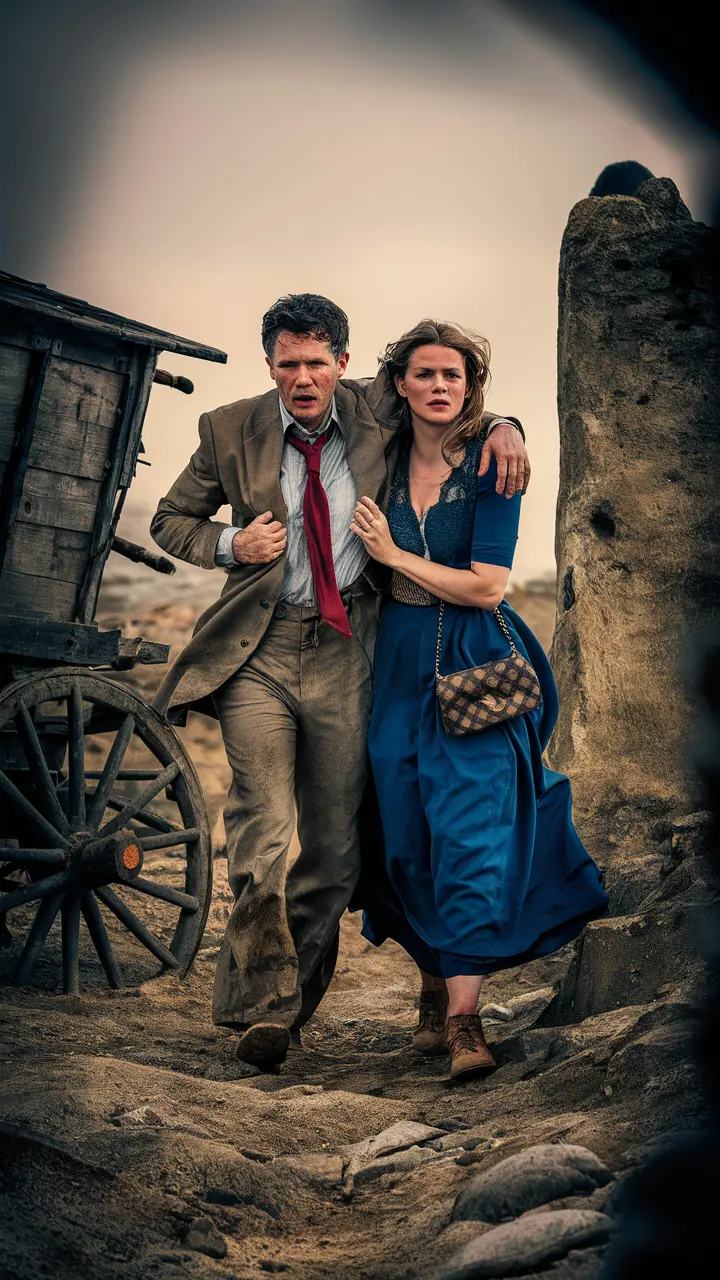13 Ways to Die in the Middle Ages

While we often romanticize the medieval era, the harsh realities of daily life back then were plagued by risks we can scarcely imagine today. From the constant threat of fatal diseases to brutal judicial punishments, this eye-opening look at medieval dangers will shatter assumptions about the tolerance for human suffering in centuries past.
13. Medieval Dentistry Torture
While modern dentistry has alleviated much oral suffering, medieval dental procedures inflicted their own unique torment. Barbers often served as tooth pullers, using unsterilized tools that frequently caused fatal infections.
12. Death by Jousting Accident
The knightly sport of jousting held a very real risk of mortal impalement. Knights thundered toward each other with enormous lances, and errant hits caused many bloody fatalities in these tournaments.
11. Food Poisoning Risks
Without modern food safety standards, every meal in medieval times involved a gamble. Contaminated ingredients, improper storage, and zero understanding of bacteria turned eating into a game of Russian roulette with one's life.
10. Surgical Bleeding Out
Undergoing surgical procedures meant willingly risking one's life in medieval operating rooms. Between crude methods, unsterile tools, and ignorance about preventing infection, patients frequently bled to death or died of sepsis.
9. Drinking Contaminated Water
In medieval times, accessing clean drinking water was an enormous challenge. With rivers serving as both water sources and open sewers, waterborne diseases like cholera were widespread and life-threatening.

8. Birthing Complications
Giving birth in the medieval era carried extreme risks that we barely comprehend today. With limited medical knowledge and primitive surgical practices, complications during childbirth frequently proved fatal for both mother and child.
7. The Rat-Infested Home
Medieval living conditions created the perfect breeding grounds for disease-carrying rats and vermin. Poor sanitation allowed these pests to overrun homes, contaminate food supplies, and spread the bubonic plague and other deadly afflictions.
6. Harsh Judicial Punishments
By modern standards, the medieval justice system was characterized by excessive cruelty and harsh corporal punishments. Even seemingly minor offenses could result in mutilation, torture, or prolonged execution by horrific methods.
5. Accidental Childhood Deaths
Without modern safety precautions, the medieval childhood was fraught with peril. Unattended children risked falling prey to a myriad of hazards like open flames, falling debris, venomous animals, and deadly falls.
4. Dying for Heresy
Freedom of religious expression did not exist in medieval times. The church's strict orthodoxy meant any perceived heresy could lead to accusations of blasphemy, with punishments ranging from torture to being burned at the stake.
3. The Gruesome Execution Methods
What we now consider grossly inhumane execution methods were once routine in medieval society. From being boiled alive to having limbs severed, the gruesome demises inflicted upon convicts defy modern moral boundaries.
2. Famine and Starvation
Crop failures and agricultural shortages transformed famine from a looming threat to a harsh reality for medieval populations. Widespread starvation and malnutrition resulted in the deaths of millions during this era.
1. The Unrelenting Plague
The bubonic plague's recurring spread remains one of the most devastating pandemics in human history. This unstoppable scourge grotesquely wiped out an estimated 200 million people across Europe with pus-filled buboes and agonizing deaths.
